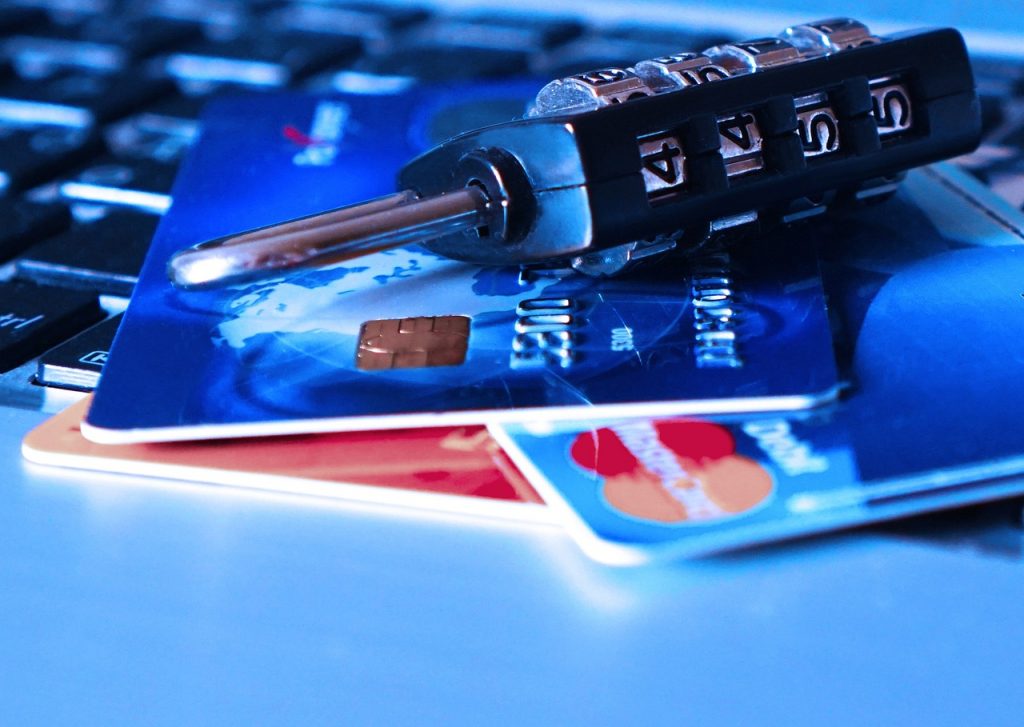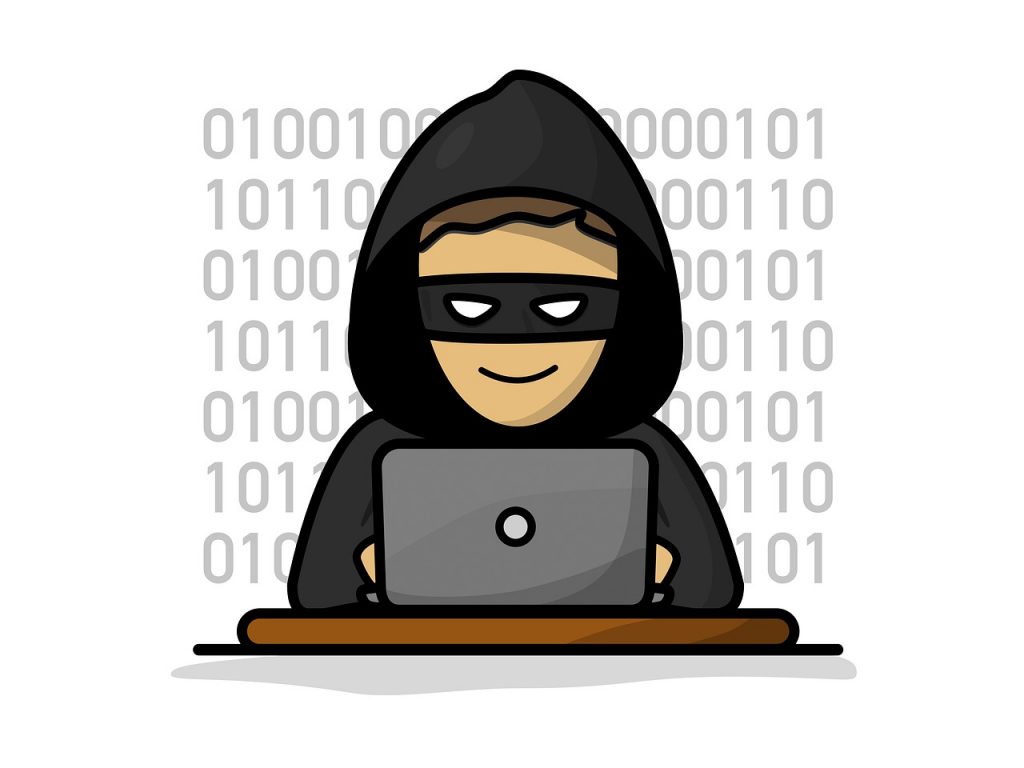Crafting persuasive content for a criminal defense attorney’s website blog necessitates an in-depth understanding of the target audience – individuals facing criminal charges in Utah. By thoroughly researching their needs and concerns, you can develop informative posts that elucidate intricate legal concepts in a concise and comprehensible manner. Showcase your expertise and experience through captivating case studies and real-life scenarios, instilling confidence and distinguishing your firm from others. Take a proactive approach by addressing common legal concerns head-on, offering reassurance and guidance. Humanize your practice and forge emotional connections by incorporating personal stories. Enhance the visibility of your content on search engines through diligent keyword research and organic integration of relevant keywords. Each blog post should culminate in a clear call-to-action, motivating potential clients to promptly seek the assistance they need.
Types of Credit Card Fraud
Card Present Fraud
Card present fraud occurs when a fraudster physically uses a stolen or counterfeit credit card to make unauthorized purchases. This type of fraud often involves the thief swiping or inserting the card into a card reader, commonly known as “skimming,” to collect the card’s information for future fraudulent activities. It can also involve the use of counterfeit cards that resemble legitimate ones, allowing the fraudster to make purchases without raising suspicion.
Card Not Present Fraud
Card not present fraud refers to fraudulent transactions made without the physical presence of the credit card. This type of fraud most commonly occurs in online or phone transactions where the credit card information is manually entered. Fraudsters may obtain this information through various means, such as phishing, hacking, or data breaches. With the increasing prevalence of online shopping, card not present fraud has become a significant concern for consumers and businesses alike.
Account Takeover Fraud
Account takeover fraud involves unauthorized individuals gaining access to a legitimate credit cardholder’s account information and taking control of the account. This can occur through various methods, including phishing, social engineering, or compromise of login credentials. Once the fraudster gains access, they can make purchases, change account details, or perform other activities that can lead to financial loss and damage to the victim’s credit.
Identity Theft
Identity theft encompasses fraudulent activities where an individual’s personal information, including their credit card details, is stolen and used by someone else without their consent. This can happen through methods such as data breaches, phishing, or physical theft of documents containing personal information. Once the fraudster obtains the victim’s identity, they can open new credit accounts, make unauthorized purchases, and even commit other crimes using the victim’s name.
Methods Used in Credit Card Fraud
Skimming
Skimming is a method commonly used in card present fraud, where a fraudster captures the credit card information by attaching a device to a legitimate card reader. These devices, known as skimmers, can be placed on ATMs, gas pumps, or even handheld card readers used by merchants. When the victim’s card is swiped or inserted into the compromised reader, the skimmer collects and stores the card’s data, which can later be used to create counterfeit cards or make fraudulent online transactions.
Phishing
Phishing is a technique used by fraudsters to trick individuals into revealing their sensitive information, including credit card details. Typically, phishing attempts are made through emails, text messages, or phone calls that appear to be from a legitimate organization. The fraudulent communication often prompts the victim to click on a link or provide personal information, which is then used by the fraudster for unauthorized transactions or identity theft.
Counterfeit Cards
Counterfeit cards are fake credit cards created using stolen card information or stolen card templates. Fraudsters use a combination of stolen card details and card embossing machines to produce counterfeit cards that resemble legitimate ones. These counterfeit cards can then be used for fraudulent transactions, either in-person or online, allowing the fraudster to make purchases without arousing suspicion.
Hacking
Hacking involves unauthorized access to a computer system, network, or database to obtain sensitive information, including credit card details. This method is commonly used in card not present fraud, where hackers can gain access to databases containing credit card information by exploiting vulnerabilities in security systems. Once the information is obtained, it can be sold on the dark web or used by the hacker for fraudulent activities.

This image is property of pixabay.com.
Signs of Credit Card Fraud
Unauthorized Transactions
One of the most obvious signs of credit card fraud is the presence of unauthorized transactions on your credit card statement. These transactions may include purchases you did not make or charges from unfamiliar merchants. It is important to review your credit card statement regularly and report any unauthorized transactions promptly to your card issuer.
Unexpected Account Activity
Unexpected account activity can also indicate credit card fraud. This may include changes to your account details, such as address or contact information, without your knowledge. Additionally, if you receive notifications or alerts regarding account activity that you did not initiate, it is crucial to investigate further and report any suspicious activity immediately.
Missing or Stolen Cards
If you cannot locate your credit card or suspect it has been stolen, it is essential to act quickly to prevent potential fraud. Contact your card issuer immediately to report the missing card and request a replacement. By doing so, you can prevent unauthorized individuals from using your card for fraudulent purposes.
Receipts for Unknown Purchases
If you receive receipts for purchases you did not make, it is a clear indication of credit card fraud. These receipts may come through email or physical mail and may contain detailed information about the fraudulent transaction. It is important to carefully review these receipts and take appropriate action, such as reporting the fraud to your card issuer and law enforcement.
Preventing Credit Card Fraud
Secure Online Shopping
To protect yourself from credit card fraud when shopping online, it is crucial to take certain precautions. First, ensure that you are making purchases from reputable and secure websites. Look for secure connection indicators, such as the presence of “https” in the URL or a lock symbol in the address bar. Additionally, avoid saving your credit card information on websites unless necessary, and regularly monitor your online accounts for any unauthorized transactions.
Protecting Physical Cards
To prevent card present fraud, it is important to safeguard your physical credit cards. Keep them in a secure location, such as a wallet or purse, and do not leave them unattended. Be cautious when handing your card to others for payment and ensure that it is returned to you promptly. Additionally, consider using contactless payment methods or digital wallets to minimize physical card usage.
Monitoring Account Activity
Regularly monitoring your credit card account activity is essential for detecting and preventing fraud. Review your account statements and transaction history carefully, and report any suspicious activity to your card issuer immediately. Many card issuers also offer mobile apps or online portals that allow you to monitor your account in real-time and receive notifications for transactions or account changes.
Using Secure Payment Methods
When making payments, consider using secure payment methods, such as credit cards with fraud protection, rather than using debit cards or other forms of payment. Credit cards offer additional security measures, such as zero liability protection for unauthorized transactions, which can help in cases of fraud. Additionally, consider using virtual credit cards or single-use cards for online transactions, which provide an added layer of protection by generating unique card numbers for each transaction.
Keeping Personal Information Safe
Protecting your personal information is crucial in preventing credit card fraud. Be cautious when sharing your credit card details and avoid providing them unless necessary. Regularly update your passwords and use strong, unique passwords for each online account. Be wary of sharing personal information on social media platforms or responding to unsolicited requests for information. Additionally, consider using identity theft protection services that can monitor your personal information and alert you to potential risks.

This image is property of pixabay.com.
What to Do if You’re a Victim of Credit Card Fraud
Contacting Your Bank or Credit Card Company
If you suspect or confirm that you have been a victim of credit card fraud, the first step is to contact your bank or credit card company immediately. They can assist you in securing your account, investigating the fraud, and potentially reversing any unauthorized charges. Provide them with any relevant information or documentation regarding the fraudulent transactions to aid in their investigation.
Filing a Police Report
In cases of credit card fraud, it is advisable to file a police report to document the incident and provide evidence of the crime. Contact your local law enforcement agency and provide them with detailed information about the fraud, including any supporting documentation. The police report can be used to support your claim with your bank or credit card company and may be necessary for further legal action if required.
Monitoring Your Accounts
After experiencing credit card fraud, it is important to closely monitor your financial accounts for any further unauthorized activity. Regularly review your credit card statements, bank statements, and credit reports to ensure that no new fraudulent accounts have been opened in your name. Consider enrolling in credit monitoring services that can alert you to any suspicious activity and provide additional protection.
Disputing Unauthorized Charges
If you discover unauthorized charges on your credit card statement, promptly contact your card issuer to dispute the charges. They can guide you through the dispute process and work towards resolving the issue. Keep documentation of all communication with your card issuer and provide them with any evidence or supporting documents that can help in the dispute resolution.
The Consequences of Credit Card Fraud
Financial Loss
One of the immediate consequences of credit card fraud is financial loss. Unauthorized transactions can result in the loss of funds from your account, which may take time to recover. While many card issuers offer zero liability protection for unauthorized transactions, it is important to act quickly and report the fraud to ensure maximum protection.
Credit Damage
Credit card fraud can also have a negative impact on your credit score. If fraudulent accounts are opened in your name or if the fraud results in missed payments or increased debt, it can lower your credit score and make it more challenging to obtain credit in the future. It is important to regularly monitor your credit reports and address any discrepancies or fraudulent activities promptly.
Legal Ramifications
Depending on the severity of the credit card fraud and the extent of the criminal activities involved, there may be legal ramifications for both the fraudster and the victim. Fraudulent activities can lead to identity theft charges, financial crimes, and other legal consequences. As a victim, cooperating with law enforcement and providing any necessary information or documentation will be essential in pursuing legal action against the fraudster.

This image is property of pixabay.com.
Laws and Regulations Against Credit Card Fraud
The Fair Credit Billing Act
The Fair Credit Billing Act (FCBA) is a federal law in the United States that provides consumers with protection against billing errors and unauthorized charges on their credit card statements. Under the FCBA, consumers have the right to dispute unauthorized charges and request an investigation by their credit card issuer. The law also establishes guidelines for resolving billing disputes and requires prompt action by the credit card issuer.
The Electronic Fund Transfer Act
The Electronic Fund Transfer Act (EFTA) is another federal law in the United States that provides consumer protection for electronic fund transfers, including credit card transactions. The EFTA establishes standards for the protection of consumer rights and liabilities related to unauthorized electronic fund transfers. It requires financial institutions to provide disclosures and notifications regarding consumer rights and sets guidelines for liability limits in cases of fraud.
The Identity Theft and Assumption Deterrence Act
The Identity Theft and Assumption Deterrence Act is a federal law in the United States that specifically addresses identity theft-related crimes. The law makes it a federal offense to knowingly transfer, possess, or use another person’s identification without lawful authority. It also provides guidelines for law enforcement agencies to investigate and prosecute identity theft cases, and establishes penalties for offenders.
Famous Credit Card Fraud Cases
TJX Hack
One of the largest credit card fraud cases in history, the TJX Hack occurred in 2005 and targeted the computer systems of the TJX Companies, which included popular retailers such as TJ Maxx and Marshalls. The hackers gained access to the company’s network and stole approximately 45.7 million credit and debit card numbers. The breach led to significant financial losses for the company, as well as negative impacts on the affected cardholders.
Heartland Payment Systems Breach
In 2008, the Heartland Payment Systems, one of the largest payment processors in the United States, fell victim to a data breach that exposed the credit and debit card information of millions of individuals. The breach was the result of a sophisticated hacking operation, where malware was installed on the company’s network, allowing the hackers to intercept payment card data as it was processed. The incident highlighted the vulnerability of payment systems and led to increased security measures in the industry.
Target Data Breach
Perhaps one of the most well-known credit card fraud cases in recent years, the Target Data Breach occurred in 2013 and affected approximately 41 million customers. The breach resulted from a cyberattack on Target’s computer network, where malware was introduced through a third-party vendor. The stolen information included credit and debit card details, as well as personal information such as names and addresses. The incident prompted widespread concern about the security of payment systems and led to increased scrutiny of companies’ data security practices.
Role of Technology in Credit Card Fraud
EMV Chip Cards
EMV chip cards, also known as chip-and-PIN cards or smart cards, play a significant role in combating credit card fraud. These cards have embedded microchips that securely store and process transaction data, making them more secure than traditional magnetic stripe cards. The chip generates a unique transaction code for every purchase, making it difficult for fraudsters to clone the card or use stolen card information for fraudulent transactions. The widespread adoption of EMV chip cards has significantly reduced card present fraud in many countries.
Two-Factor Authentication
Two-factor authentication (2FA) adds an extra layer of security to credit card transactions. With 2FA, users are required to provide additional verification, such as a one-time password or a fingerprint scan, in addition to their credit card information. This ensures that even if the card information is compromised, the fraudster would still need the additional authentication factor to complete the transaction. 2FA reduces the risk of unauthorized transactions and provides an added safeguard against credit card fraud.
Machine Learning and AI
Machine learning and artificial intelligence (AI) technologies are increasingly being utilized in the fight against credit card fraud. These technologies can analyze vast amounts of data in real-time and identify patterns or anomalies indicative of fraudulent transactions. By continuously learning from new data, machine learning and AI systems can adapt and improve their ability to detect and prevent fraud. These technologies enhance the effectiveness of fraud detection systems and help identify fraudulent activities before significant damage can occur.
Global Statistics on Credit Card Fraud
Trends and Patterns
Credit card fraud is a global issue, affecting individuals, businesses, and financial institutions worldwide. With the increasing reliance on electronic payments and the growth of e-commerce, credit card fraud is evolving and becoming more sophisticated. Fraudsters continually adapt their methods to exploit vulnerabilities in payment systems and take advantage of technological advancements. Trends such as card not present fraud, data breaches, and identity theft are on the rise, creating significant challenges for the prevention and detection of credit card fraud.
Most Affected Countries
While credit card fraud occurs in many countries, some regions experience higher rates of fraud than others. The United States, for example, has historically been a major target for credit card fraud due to the widespread use of credit cards and the relatively less secure magnetic stripe technology. Other countries that have experienced high rates of credit card fraud include the United Kingdom, Brazil, Australia, and Canada. However, it is important to note that credit card fraud can happen anywhere, and preventive measures should be taken regardless of geographical location.
The Financial Impact
Credit card fraud has substantial financial implications for individuals, businesses, and financial institutions. The direct financial loss from fraudulent transactions can be significant, and victims may spend considerable time and resources resolving the issue and recovering their funds. Businesses may also face financial losses due to chargebacks, increased fraud prevention measures, and damage to their reputation. Financial institutions invest significant resources in fraud detection and prevention measures, which can impact their operational costs and ultimately affect the cost of credit for consumers.
In conclusion, credit card fraud is a pervasive issue that affects individuals, businesses, and financial institutions worldwide. Understanding the different types of fraud, the methods used by fraudsters, and the signs of fraudulent activity is essential for prevention and early detection. By taking preventive measures, such as secure online shopping practices, protecting physical cards, and monitoring account activity, individuals can reduce their risk of falling victim to credit card fraud. In the event of fraud, prompt action, such as contacting the bank or credit card company, filing a police report, and monitoring accounts, can minimize the impact and aid in the recovery process. Laws and regulations, along with advancements in technology, play a crucial role in combating credit card fraud and protecting consumers. However, it is important for individuals to remain vigilant and proactive in safeguarding their financial information to prevent falling victim to credit card fraud.



